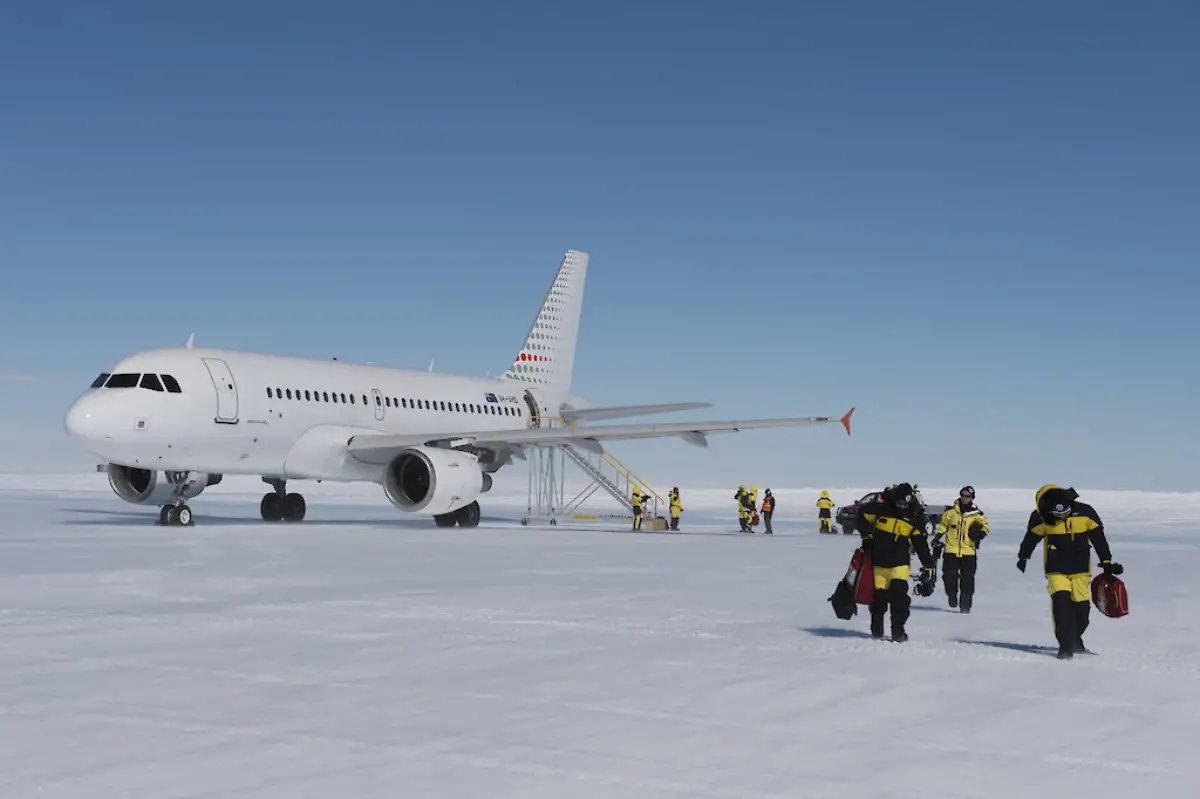The Australian government has recently put the project for Antarctica’s first paved runway out for competitive tender. The multi-million dollar runway that is planned to be 2,700 metres long near the Davis research station in the Vestfold Hills, Antarctica. Though the construction may be deemed as difficult or impossible to some, Australia is determined to see it through despite the logistical issues of transporting the required equipment, materials, machinery, and crew to one of the coldest places on the planet. The Davis research station in Vestfold Hills was constructed under strict criteria for feasibility, environmental considerations and closeness to key areas of scientific interest and research.
Also Read: Cultana Solar Farm, Australia gears up for construction.
The area is currently occupied by 100 people who live and work in close proximity to the proposed site for the runway. The nearby Davis research station is situated at 68° 34′ 36″ S, 77° 58′ 03″ E. The Australian Antarctic Division describes the site as mostly ice-free and covering an area of approximately 410 square kilometres between rocky hills. The paved runway and terminal facilities are expected to take up around two square kilometres.
But ice runways have limitations. The new paved runway near Davis will provide more reliable access to Antarctica throughout the year. Furthermore, whereas Wilkins Aerodrome is a relatively handy 70 kilometres from Australia’s Casey research station, it is 1,400 kilometres away from Davis and even further from the Mawson research station.
History of airports in the area
About 13 years ago, a blue ice runway opened at Wilkins Aerodrome near the Casey research station. That operates between October and March each year and caters for Airbus supply flights from Hobart, Australia’s go-to airport for Antarctic flights. A specially modified A319 operates these flights. Carrying just 38 passengers, the plane can get down to Antarctica and back without refuelling. Wilkins also plays host to some military aircraft capable of handling the conditions.
